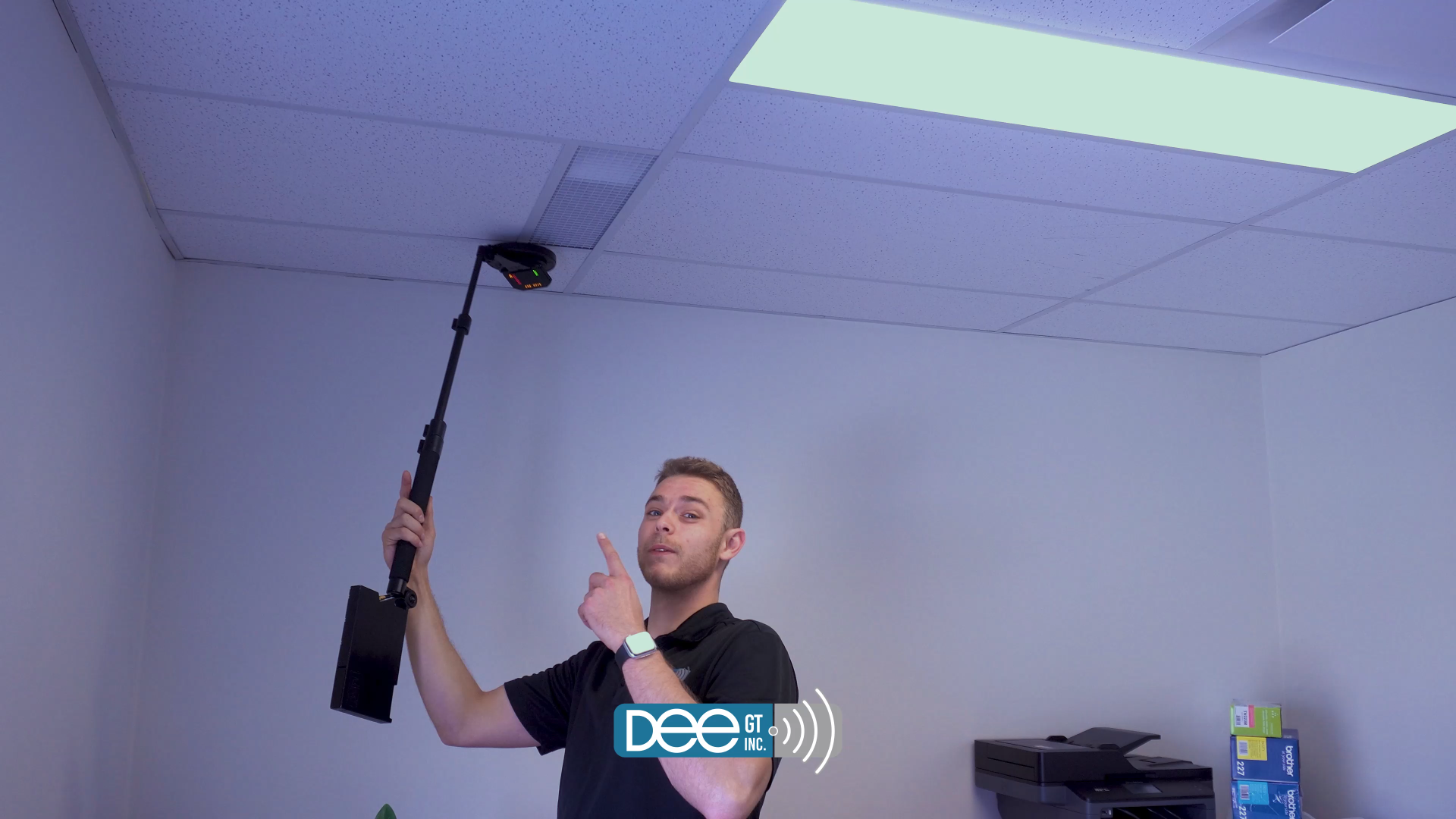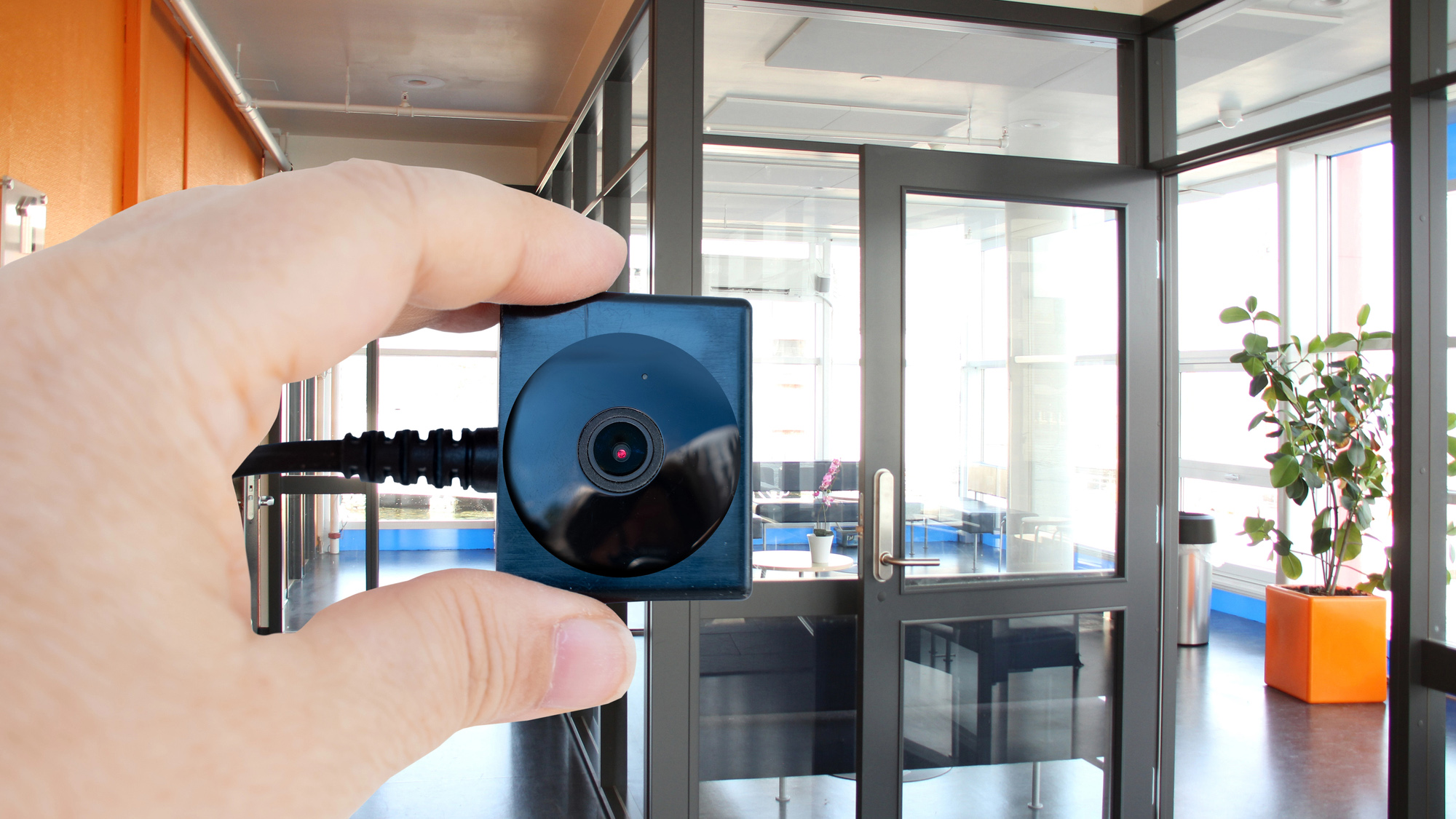In today's digital era, information security has become a major concern for both individuals and businesses. Among the many threats to our information security, keystroke logging, also known as keylogging attacks, are particularly alarming.
Understanding Keylogging Attacks
Keylogging involves the covert monitoring and recording of every keystroke made on a keyboard with the intent of stealing information. Sensitive information such as usernames, passwords, credit card numbers, social security numbers, and other confidential documents are particularly vulnerable to these attacks.
The Smartphone Threat
With the ubiquity of smartphones, espionage has reached new heights. An attacker could intentionally place their smartphone near a victim's keyboard to facilitate keystroke recording. iPhones, for example, with their sensitive microphones, can be used to eavesdrop on even the most subtle keystrokes.
Furthermore, the world of mobile apps offers fertile ground for these attackers. By developing and disseminating malicious mobile apps on app markets, they can deceive users into believing they are downloading a legitimate app. Once installed, this app can operate in the background, stealthily recording every keystroke and transmitting the data to the attacker.
How to Protect Yourself?
Being aware of your surroundings when entering sensitive information is essential. Avoid typing confidential information in public places and ensure no unknown devices are near your keyboard.
Additionally, it's crucial to regularly check the permissions of apps installed on your smartphone. If an app requests access to the microphone without an apparent reason, it could be a sign of suspicious activity.
Finally, always install applications from reliable sources and avoid downloading apps from unknown developers.
Conclusion
Keylogging attacks are a disturbing reality in our increasingly digital world. However, by being proactive and understanding the risks, we can take steps to protect our information and maintain our digital security.









